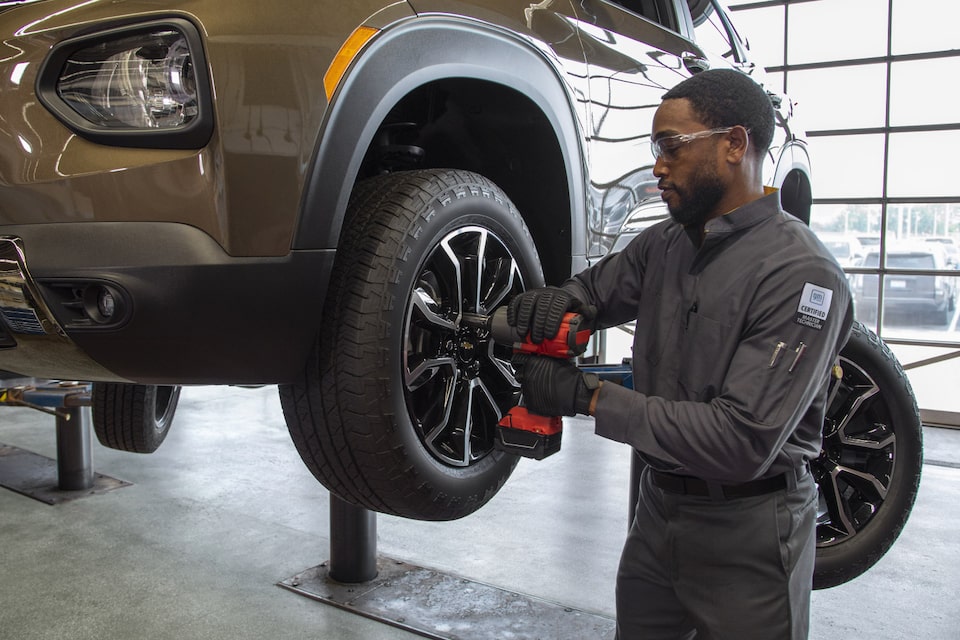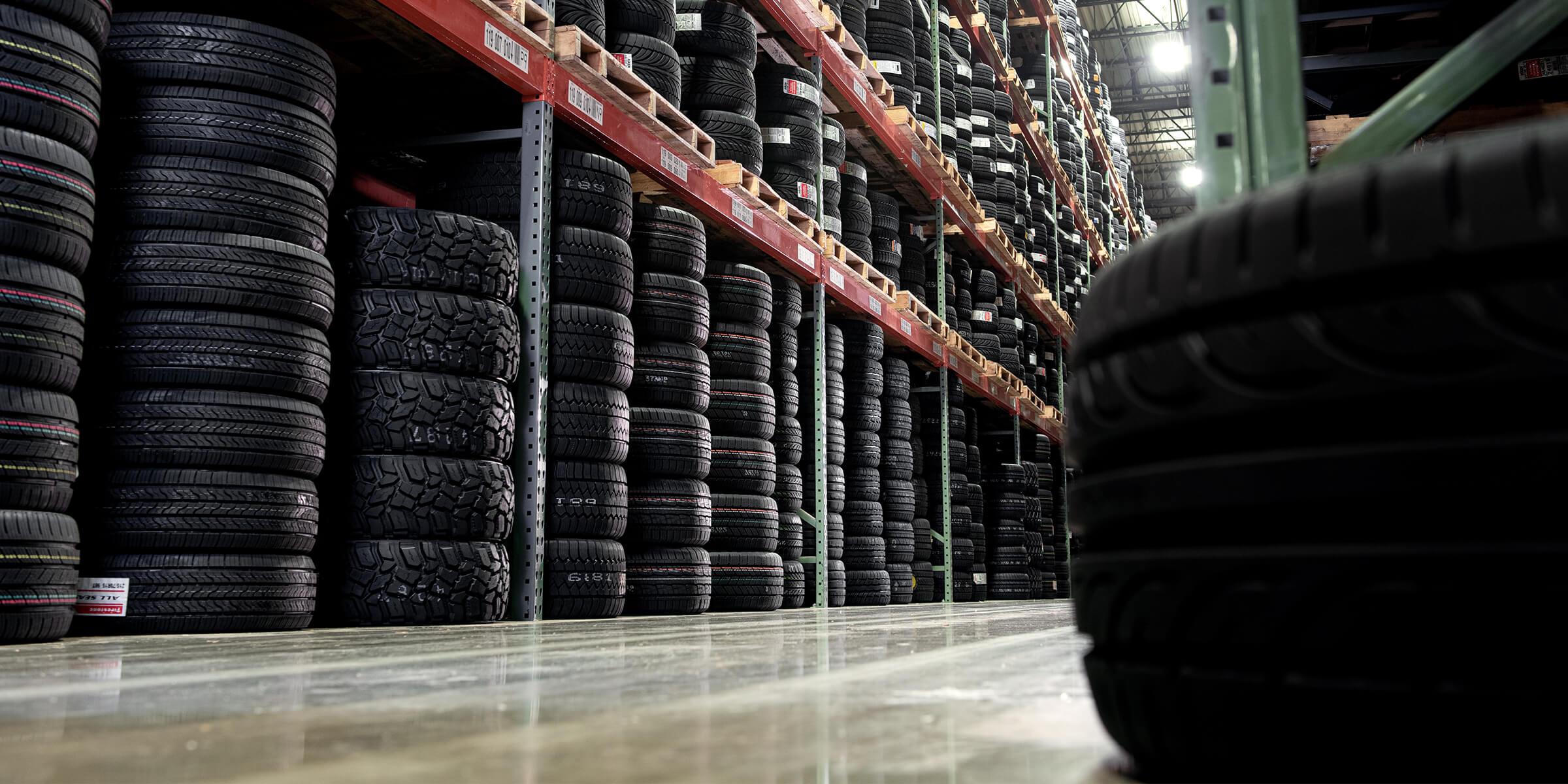Do not Lose Out on Mopar Tire Service Specials: Budget Friendly Upkeep Plans
Do not Lose Out on Mopar Tire Service Specials: Budget Friendly Upkeep Plans
Blog Article
Tire Solution: The Impact of Climate Condition
When it pertains to guaranteeing ideal performance and safety and security on the roadway, understanding the influence of climate conditions on tire solution is crucial. From scorching heat to icy roads, each climate aspect can considerably influence tire functionality and overall driving experience. By diving into the results of differing climate condition on tires, motorists can get valuable insights that may boost their car's efficiency and long life. In this conversation, we will check out the intricate partnership in between weather condition conditions and tire solution, shedding light on the relevance of weather-specific tire upkeep techniques and considerations.
Heat and Tire Performance
When subjected to high temperature levels, tires experience adjustments in efficiency that can substantially impact vehicle safety and handling. The heat generated from extended driving or warm climate problems creates the tire rubber to soften, leading to lowered tread life and increased wear.
Additionally, high temperature levels can speed up the process of tire aging, triggering the rubber to wear away quicker. This can cause fractures, bulges, and various other kinds of damages that jeopardize the structural integrity of the tire. To alleviate the results of warm on tire performance, chauffeurs should regularly inspect their tire pressure, rotate tires to ensure also put on, and inspect for any kind of indications of damage. Additionally, using tires specifically made to hold up against high temperature levels can assist maintain optimal performance and safety when driving.
Winter Results
Winter problems can have a significant influence on tire efficiency and safety. As temperature levels drop, tire rubber can solidify, causing decreased grip on icy or snow-covered roads. In winter, tires might also shed atmospheric pressure extra quickly, which can influence dealing with and gas efficiency. Furthermore, chilly temperatures can cause tire sidewalls to stiffen, boosting the threat of damage from gaps or other road dangers.
To mitigate the results of winter on tires, it is important to regularly check tire pressure and inflate them to the supplier's suggested levels. Utilizing winter months or all-season tires designed for winter conditions can also improve traction and hold on icy or snowy roads - morris tire and alignment. Appropriate tire upkeep, consisting of normal assessments for wear and damage, ends up being much more vital throughout cooler months to make sure optimum efficiency and security
Rainy Issues Influence
Tires with damaged treads are a lot more vulnerable to hydroplaning, where a layer of water constructs up between the roadway and the tire surface area, leading to loss of traction. To combat this, chauffeurs must frequently inspect their tires for sufficient tread depth and consider investing in tires especially designed for wet problems.

Snow and Tire Safety
When driving in snowy conditions, having the appropriate tires can make a considerable difference in safety and security and performance. Winter months tires are created with special rubber substances and walk patterns to provide far better traction on snow and ice contrasted to all-season tires.
In enhancement to utilizing winter tires, it is crucial to guarantee they are properly pumped up. Winter can create tire pressure to go down, influencing traction and handling (mopar tire service specials). Routinely examining and maintaining the right tire stress is vital for optimal efficiency in snowy conditions

Weather-Related Tire Maintenance
Weather-related tire maintenance encompasses a variety of methods aimed at ensuring optimal tire function look at this now and durability in various climate scenarios. One essential element of weather-related tire maintenance is tire pressure guideline. Examining tire walk regularly and replacing tires when tread wear reaches a specific depth is crucial for preserving traction and stability in unfavorable weather.
Conclusion
In final thought, weather condition conditions have a significant influence on tire efficiency and security. From warm affecting tire pressure and wear to winter minimizing traction, it is vital to consider the climate when keeping and making use of tires. Wet conditions can decrease grip and result in hydroplaning, while snow can enhance the threat of accidents if tires are not appropriately furnished. Weather-related tire maintenance is vital in making certain optimum performance and safety when driving.
In this conversation, we will discover the elaborate relationship in between weather condition problems and tire service, losing light on the value of weather-specific tire maintenance practices and factors to consider.

Report this page